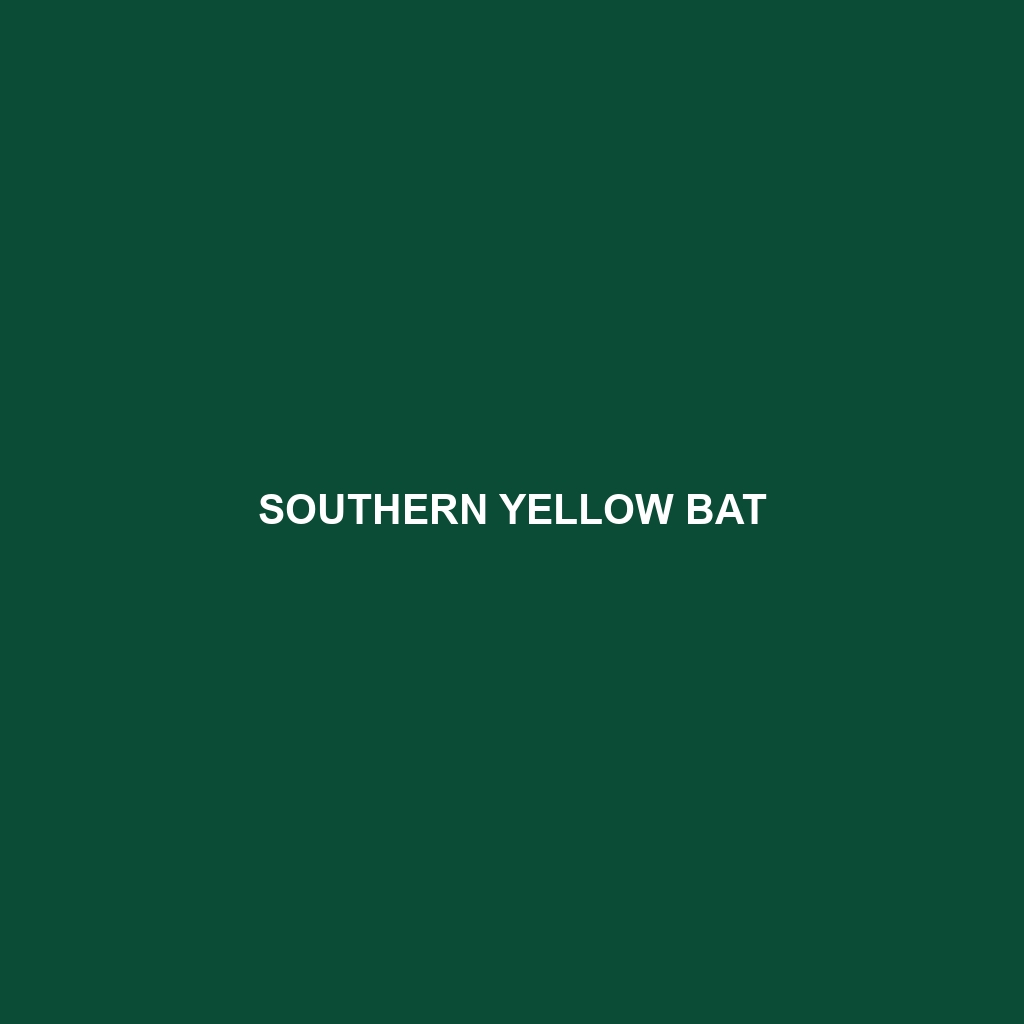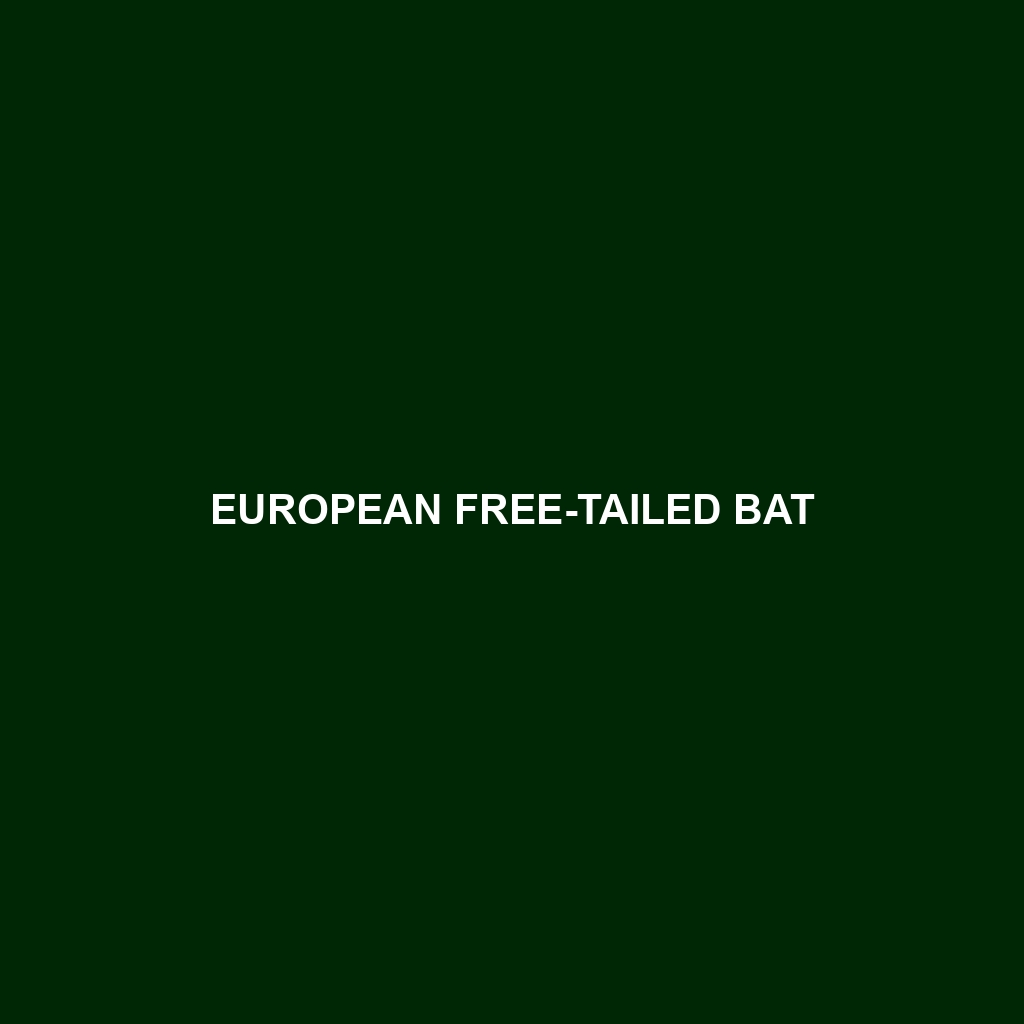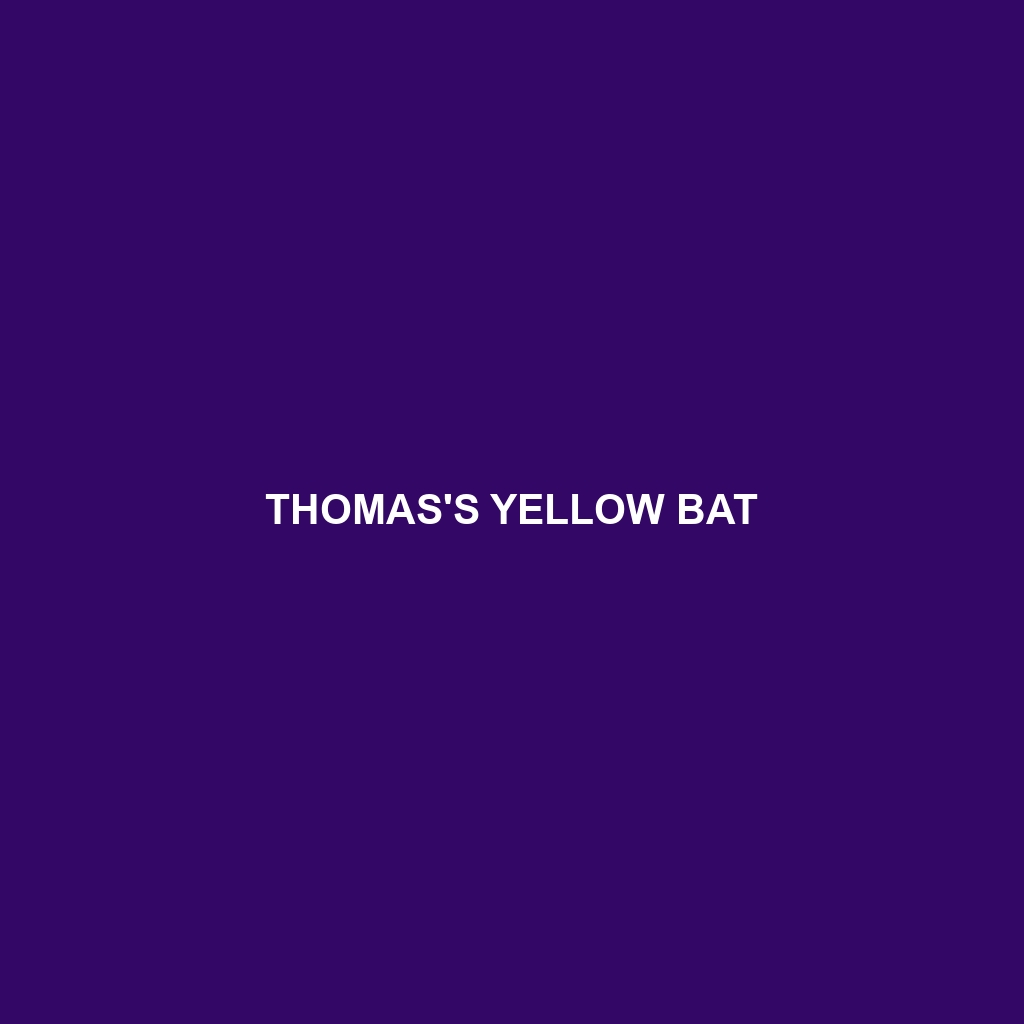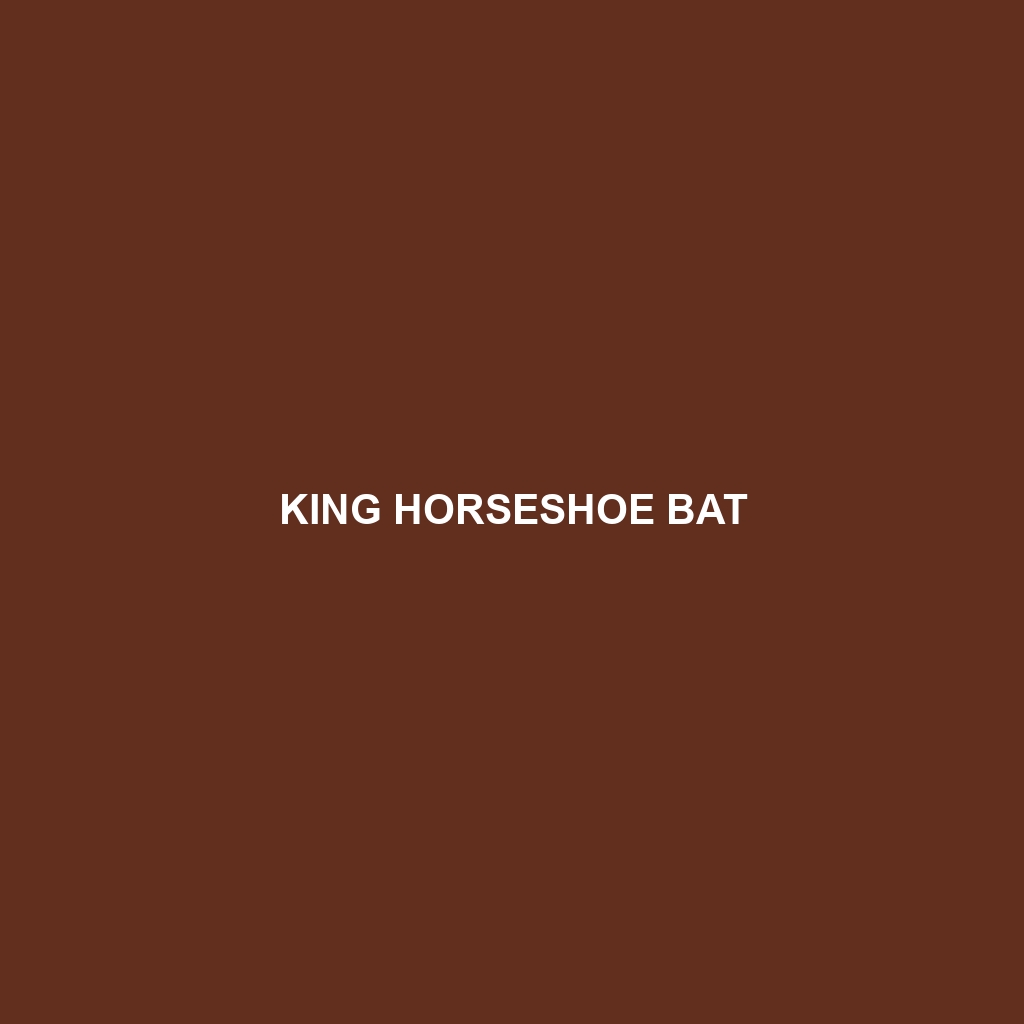Explore the fascinating world of the Beisa Oryx, a striking species native to the arid regions of Eastern Africa. With its distinctive tan and white coat, impressive horns, and remarkable adaptations for survival, this social herbivore plays a vital role in its ecosystem. Learn about its habitat, diet, and conservation status in our comprehensive species description.
Tag: wildlife biology
Schreber’s Yellow Bat
Discover the fascinating world of Schreber's Yellow Bat, a vibrant and agile species found in the tropical forests of Central and South America. With their striking yellow fur and nocturnal foraging habits, these bats play a vital role in controlling insect populations and contributing to their ecosystem's biodiversity. Learn about their habitat, diet, and the conservation efforts needed to protect this vulnerable species from the threats of habitat loss and urbanization.
Southern Yellow Bat
Discover the unique Southern Yellow Bat, a captivating species found in the southeastern United States, known for its striking yellow fur and preference for palm trees as roosting sites. This nocturnal insectivore plays a vital role in pest control and maintains ecological balance while showcasing fascinating social behaviors and strong maternal instincts. Explore its habitat, diet, and conservation status in our latest blog post!
European Free-tailed Bat
Discover the remarkable world of the European Free-tailed Bat (Tadarida teniotis), a fascinating nocturnal insectivore found across Europe, North Africa, and parts of Asia. Known for their impressive flight speed of up to 160 km/h and unique social structures, these bats play a vital role in controlling insect populations and supporting healthy ecosystems. While currently classified as Least Concern, ongoing habitat loss highlights the need for continued conservation efforts.
Thomas’s Yellow Bat
Discover the intriguing world of Thomas's Yellow Bat (Scotophilus thomasi), a medium-sized, nocturnal mammal thriving in Southeast Asia's lush tropical forests. Known for its distinctive yellowish fur and remarkable echolocation abilities, this vulnerable species plays a crucial role in controlling insect populations and maintaining ecological balance. Learn about its habitat, behavior, and the pressing conservation efforts needed to protect this fascinating bat from the threats of deforestation and habitat loss.
Shuipu Tube-nosed Bat
Discover the intriguing world of the Shuipu Tube-nosed Bat, a fascinating medium-sized bat species native to the subtropical forests of southeastern Asia. With its distinctive tube-like nostrils, exceptional echolocation skills, and vital role in controlling insect populations, this bat highlights the importance of biodiversity and conservation efforts in its vulnerable habitats. Learn about its unique behaviors, reproduction, and the challenges it faces in a rapidly changing environment.
Diminutive Myotis
Discover the fascinating world of the Diminutive Myotis (Myotis lucifugus), a small bat species thriving in diverse North American habitats. With its agile flight and remarkable ability to consume up to 1,200 mosquitoes in just one hour, this nocturnal hunter plays a vital role in natural pest control. Learn about its unique adaptations, reproduction, and the conservation challenges it faces in today's changing environment.
King Horseshoe Bat
Discover the intriguing world of the Glossy Horseshoe Bat (*Rhinolophus rouxi*), a medium-sized nocturnal mammal thriving in the lush forests and caves of Africa and Southeast Asia. With their remarkable echolocation abilities and role as vital insect controllers, these vulnerable bats not only enrich their ecosystems but also present unique conservation challenges. Explore their habitat, distinctive features, and the essential functions they serve in maintaining ecological balance in our latest blog post.
Adam’s Horseshoe Bat
Discover the intriguing world of the Acuminate Horseshoe Bat (*Rhinolophus acuminatus*), a remarkable species thriving in Southeast Asia's tropical lowland forests and caves. With its unique echolocation abilities, distinctive horseshoe-shaped nose-leaf, and vital role in controlling insect populations, this medium-sized bat is not only a fascinating nocturnal predator but also plays an essential part in its ecosystem. Explore its habitat, diet, and conservation status as we delve into the life of this Vulnerable bat species facing the challenges of habitat loss.
Saint Lawrence Island Shrew
Discover the fascinating world of the Saint Lawrence Island Shrew, a small but vital inhabitant of the Arctic ecosystem. With its unique adaptations for survival, this nocturnal creature thrives in the diverse habitats of Saint Lawrence Island, relying on an insectivorous diet to maintain ecological balance. Learn about its physical characteristics, behavior, reproductive habits, and the conservation challenges it faces in a warming climate.









